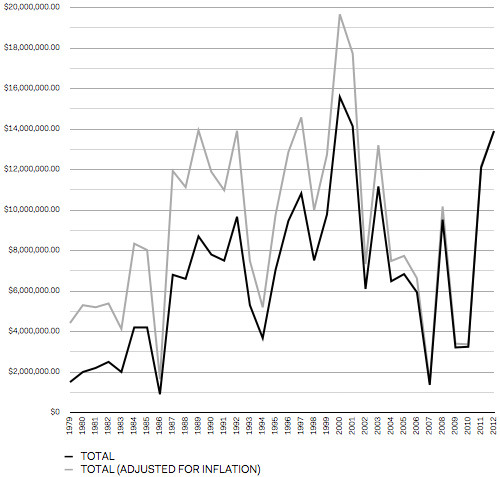DSC
Superstar
Member Bio
- Joined
- Jan 13, 2008
- Messages
- 19,070
- Reaction score
- 26,633
- Location
- St Lawrence Market Area
It's interesting to re-read the Gardiner pages on the Waterfront Toronto website. No mention there it was "paused"! http://www.waterfrontoronto.ca/explore_projects2/the_wider_waterfront/the_gardiner_expressway






